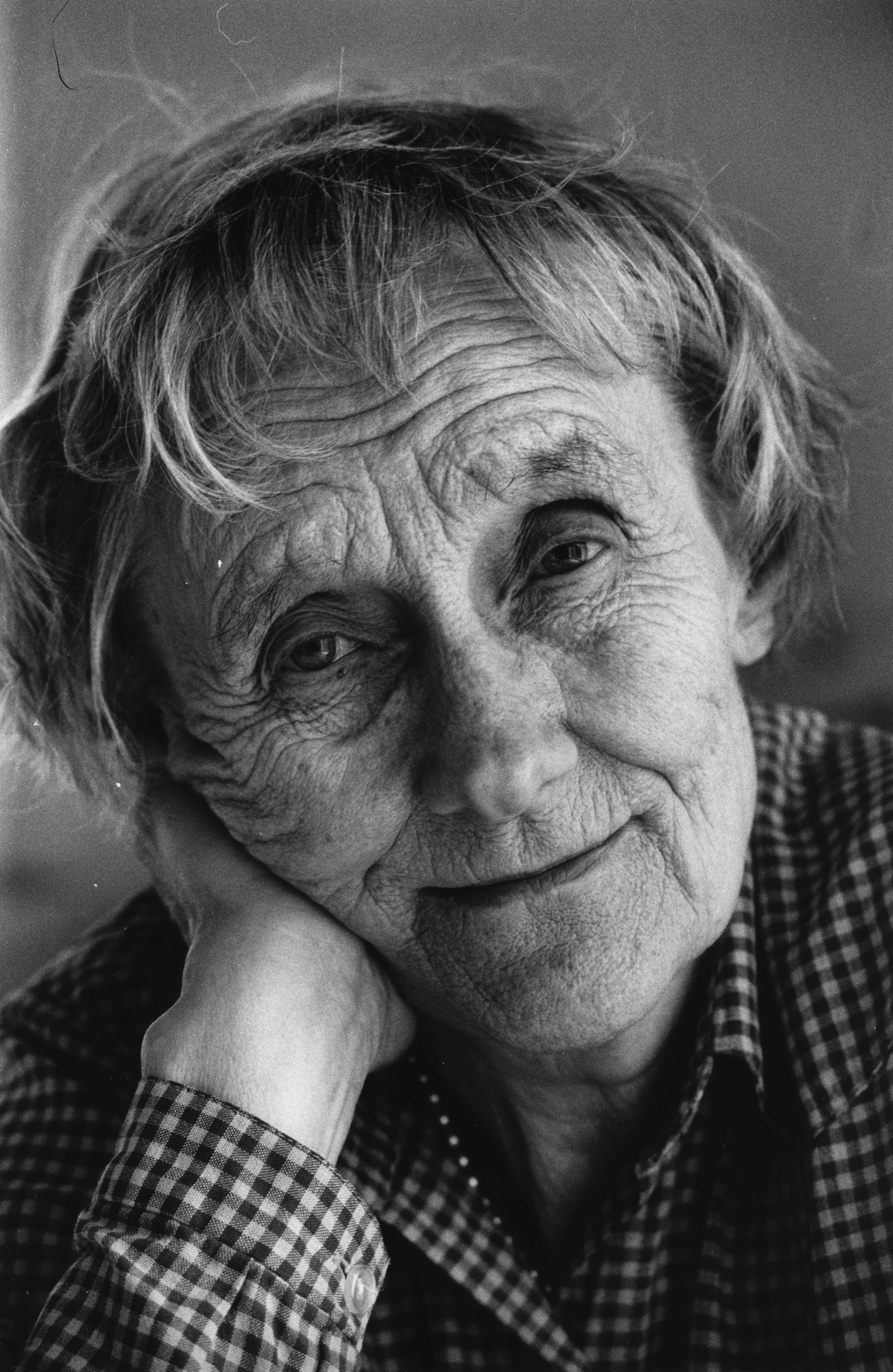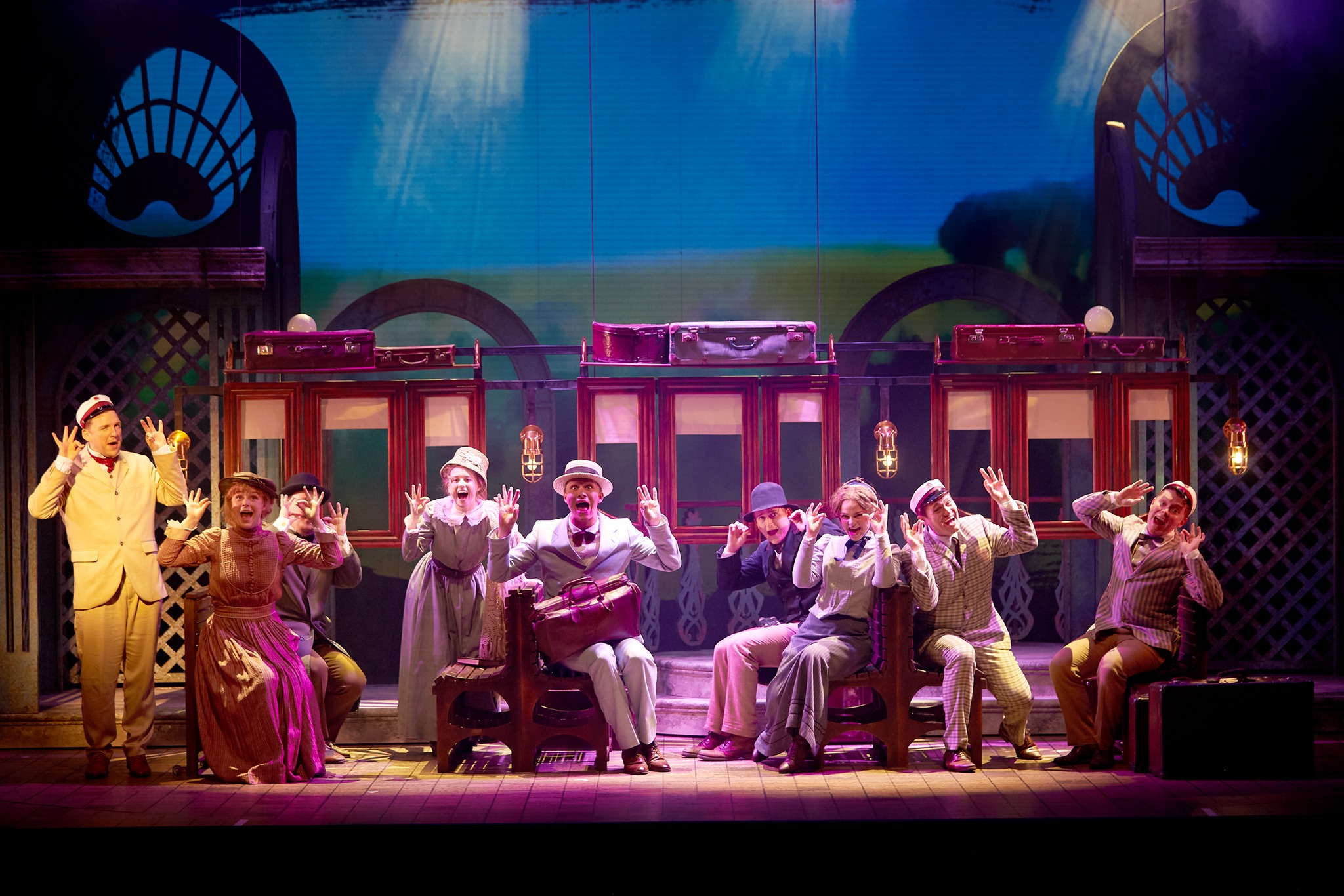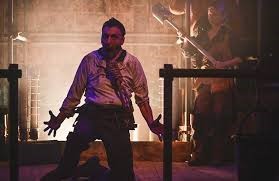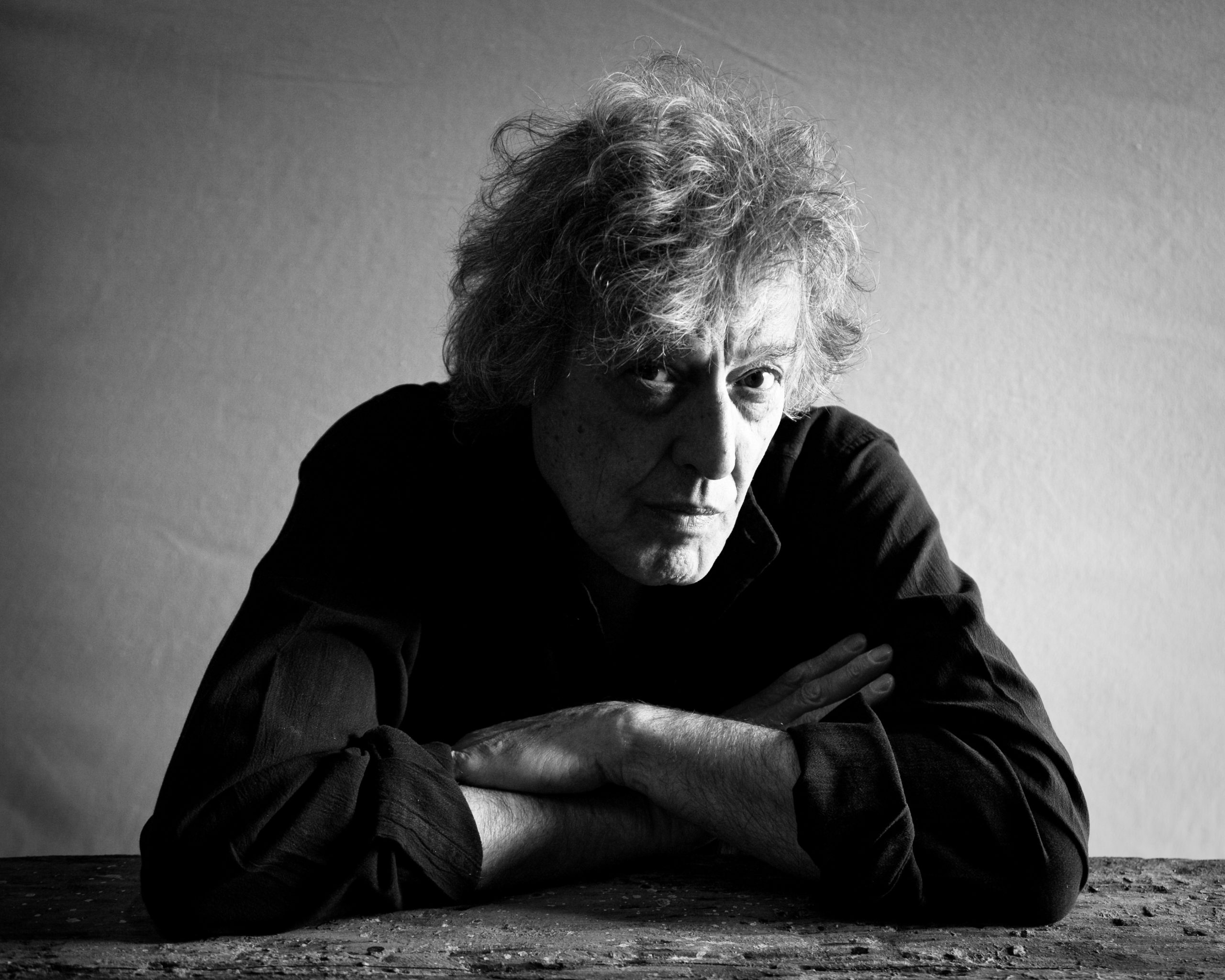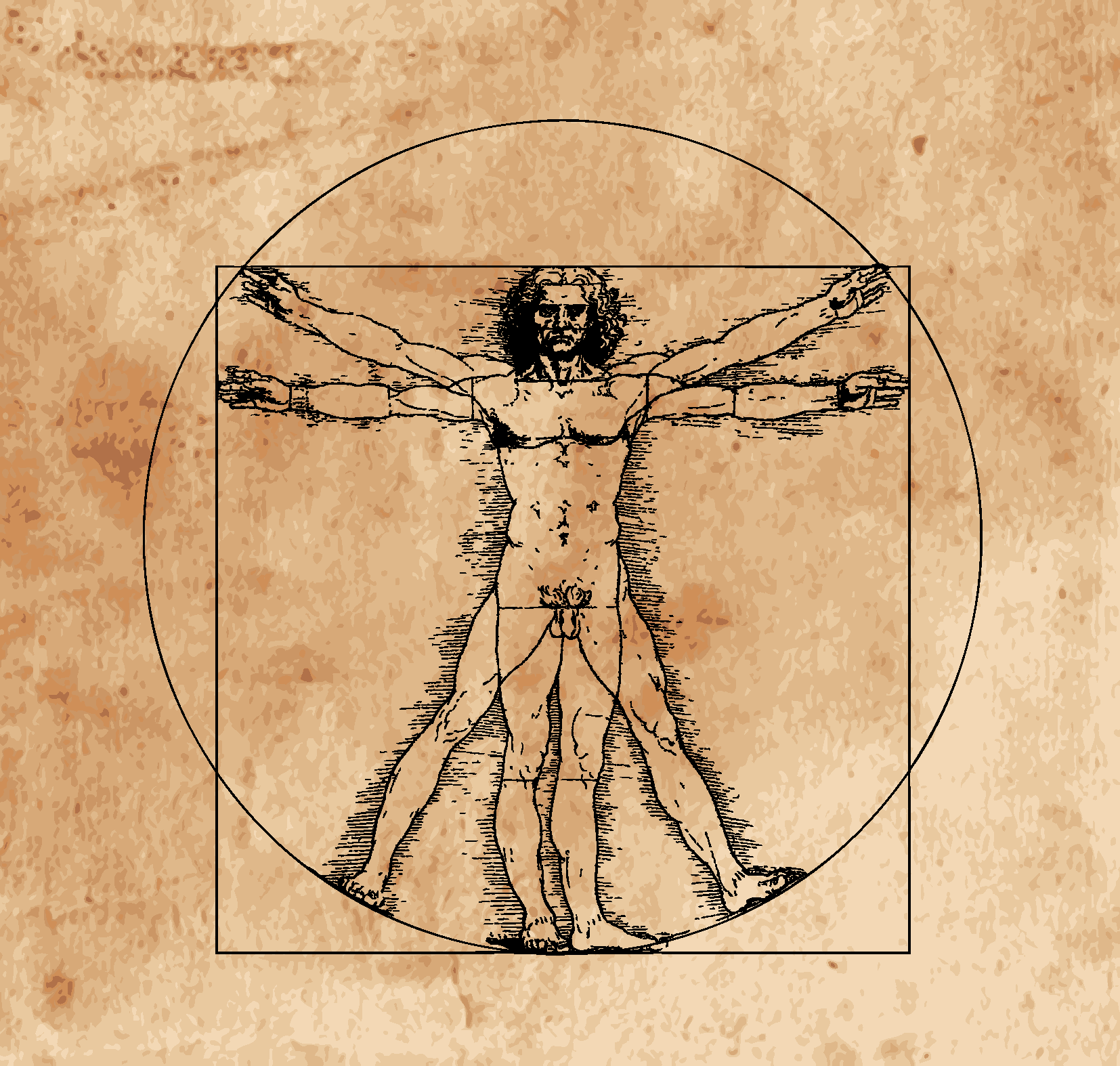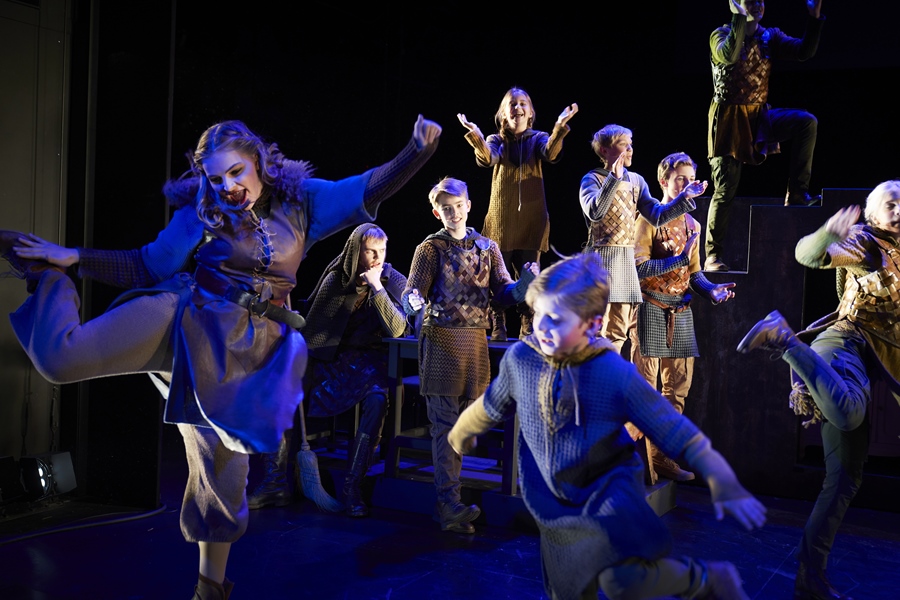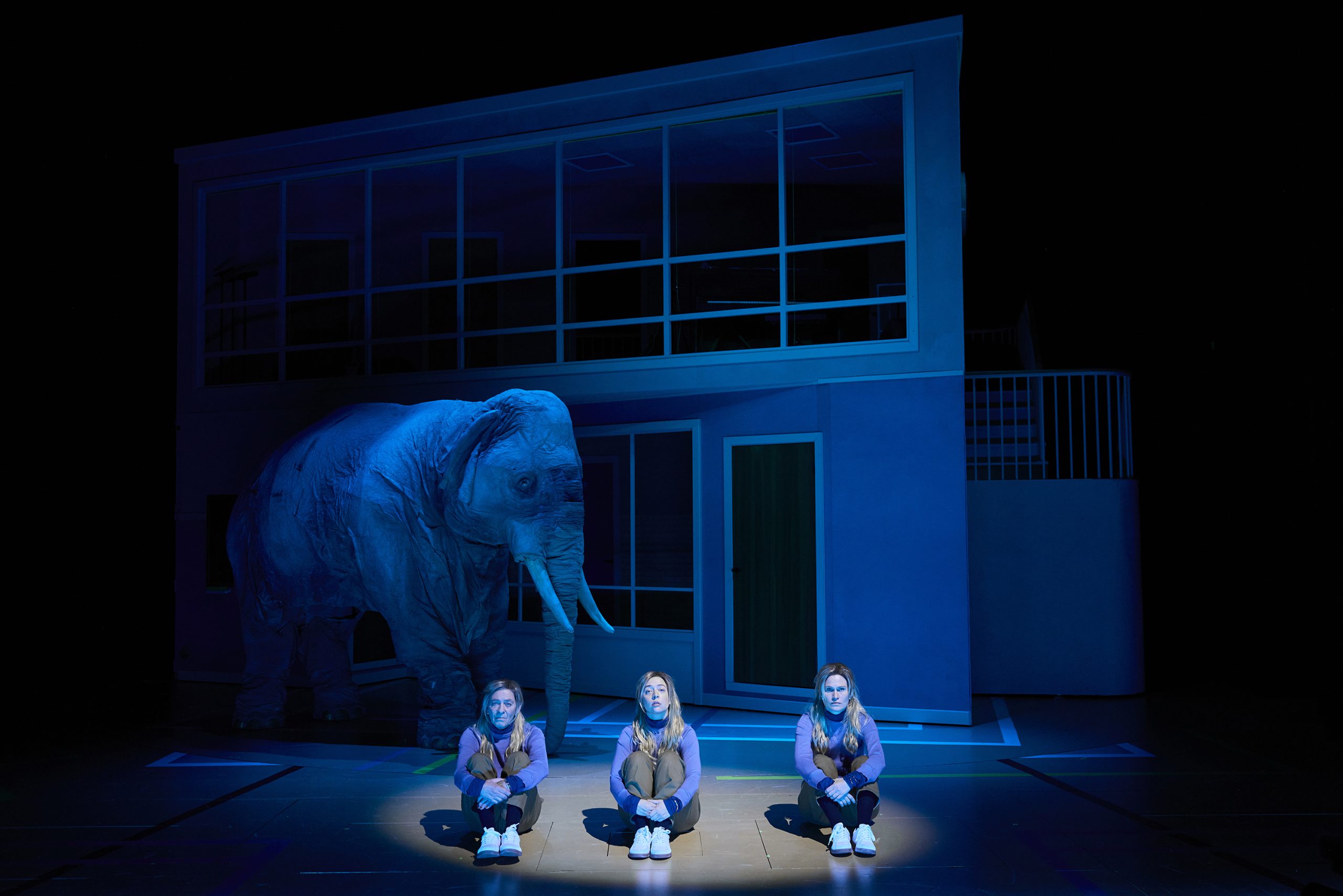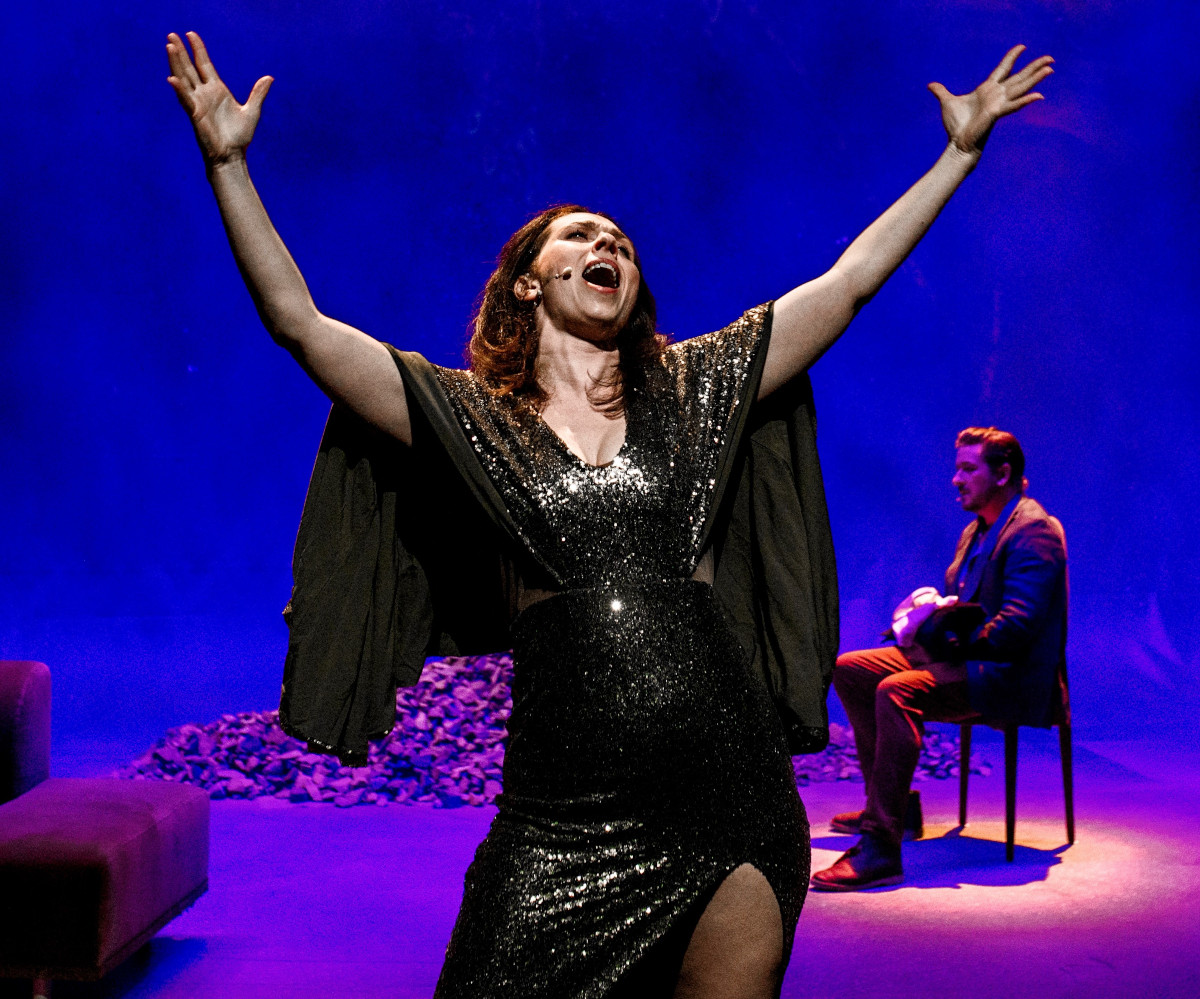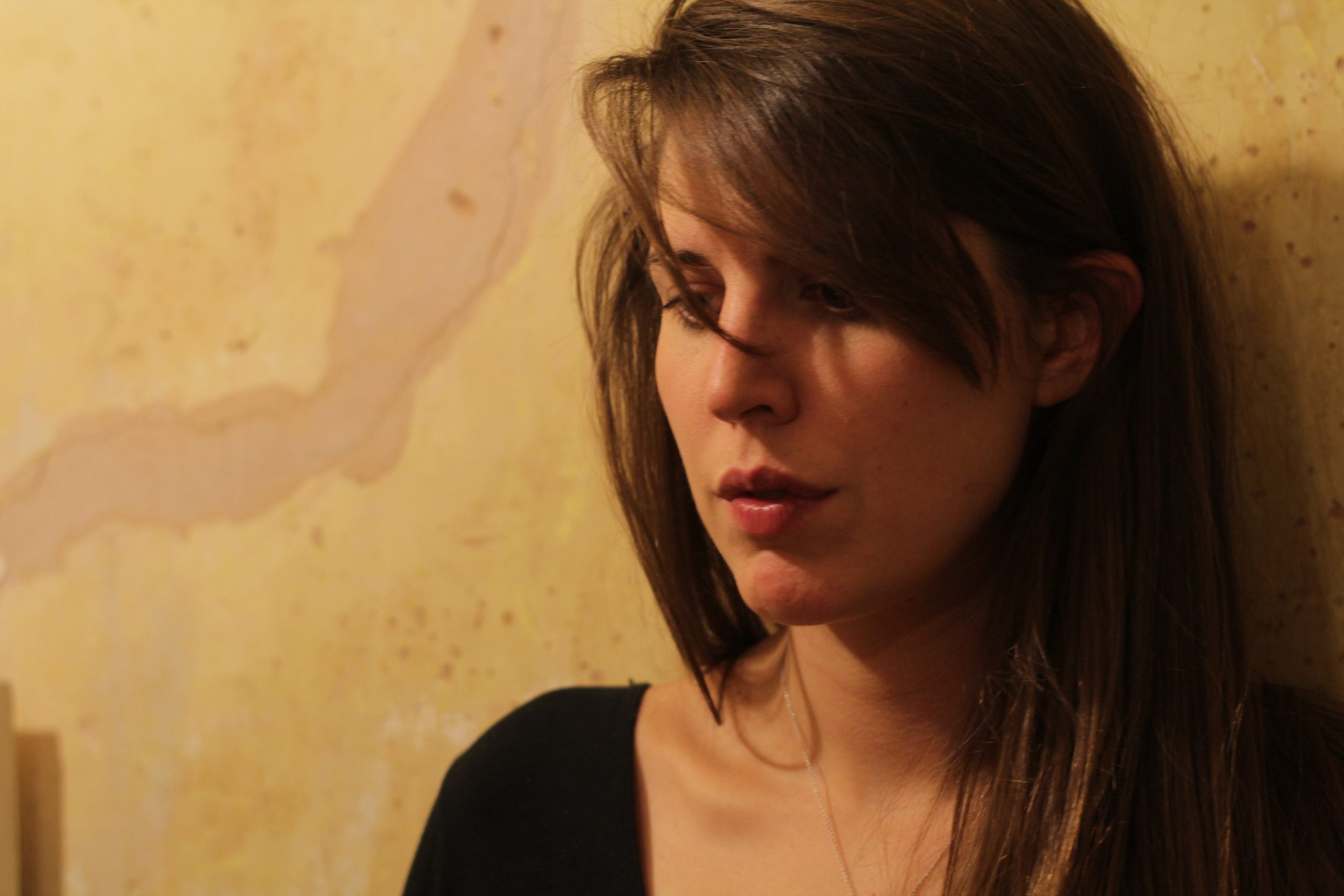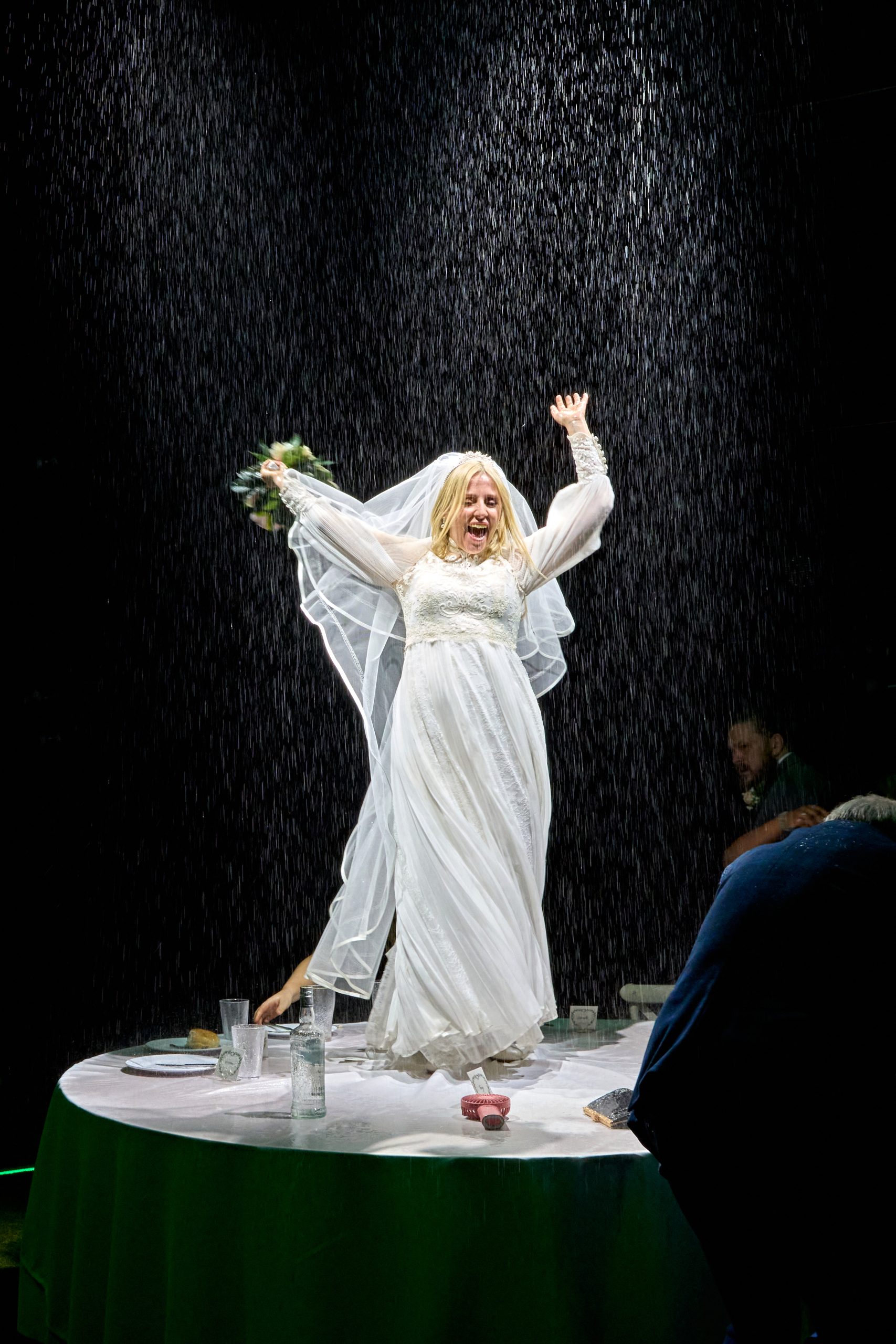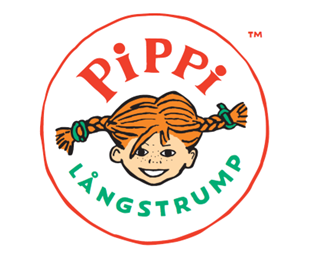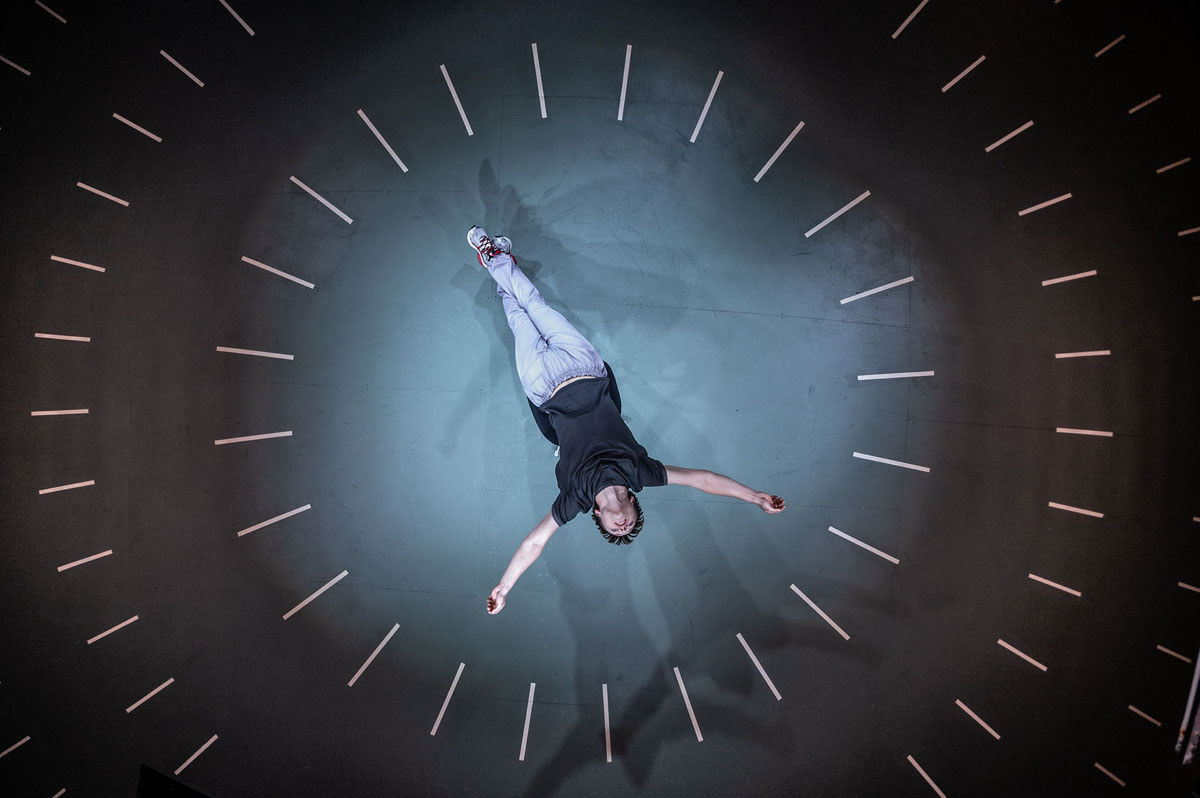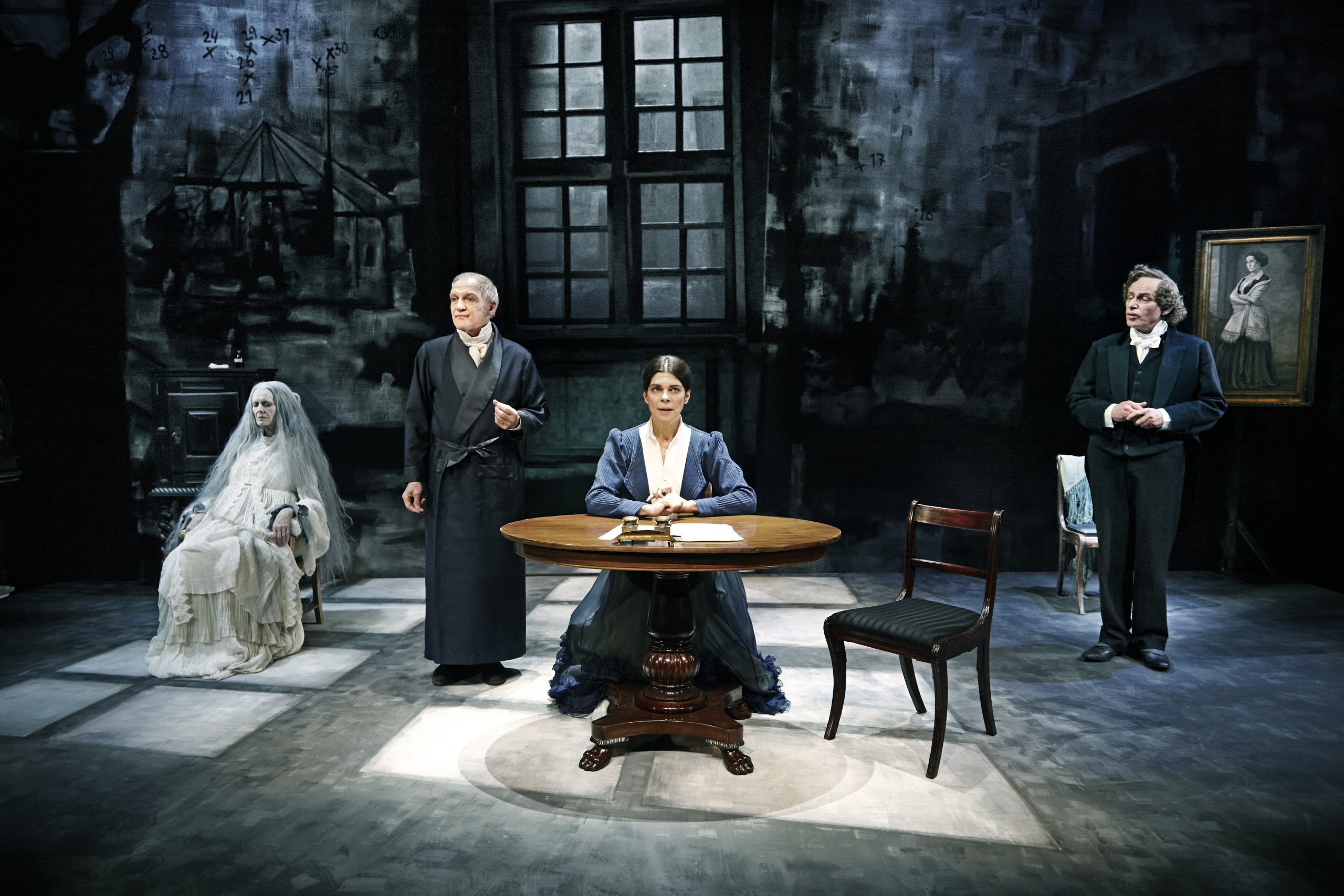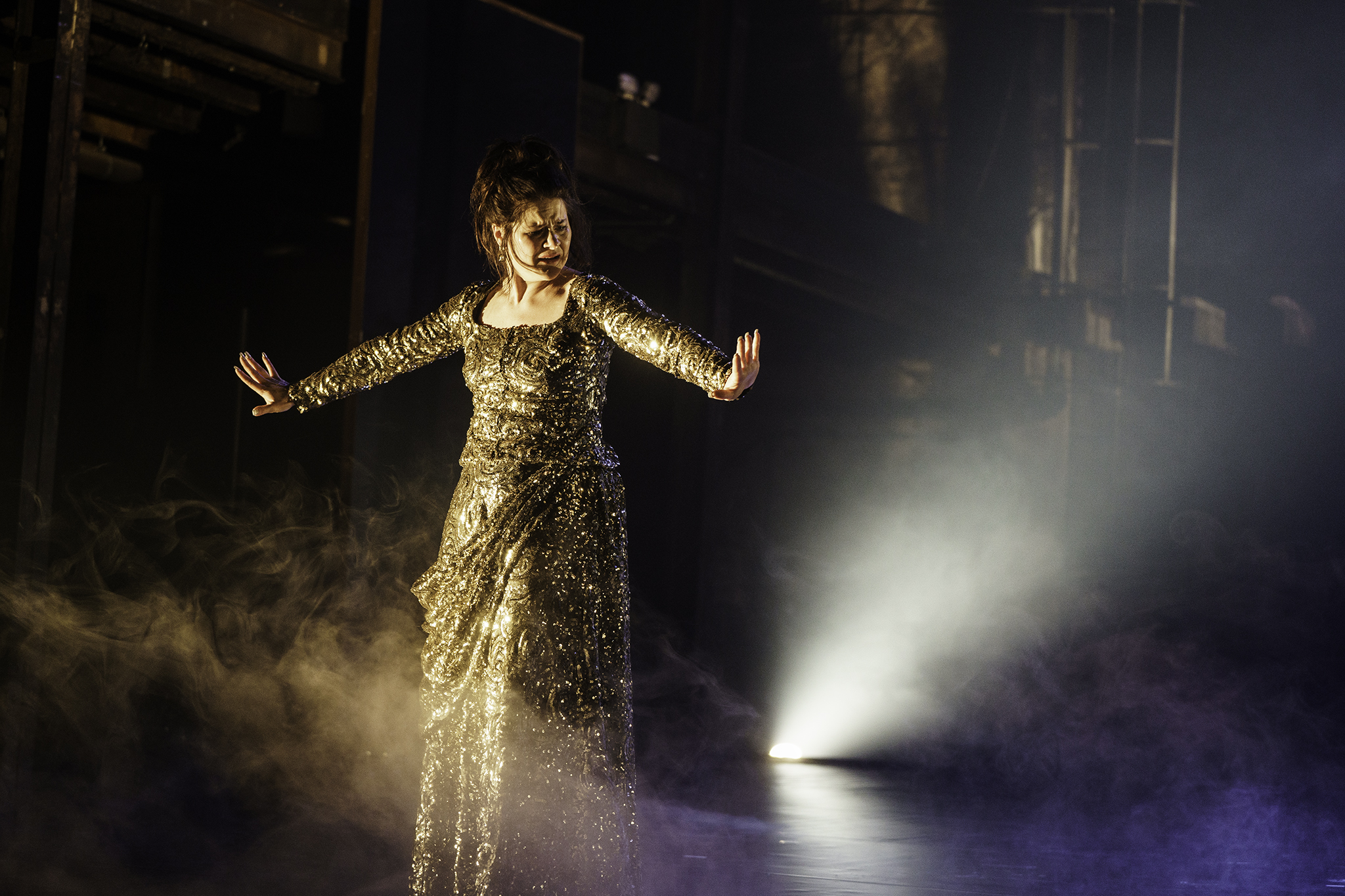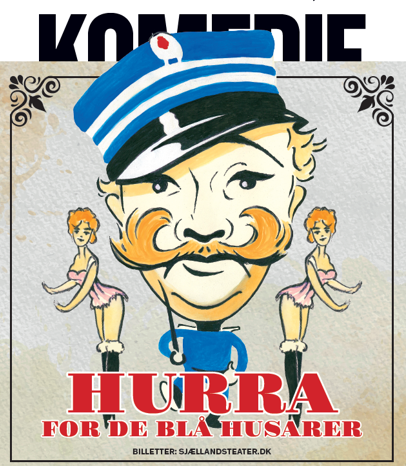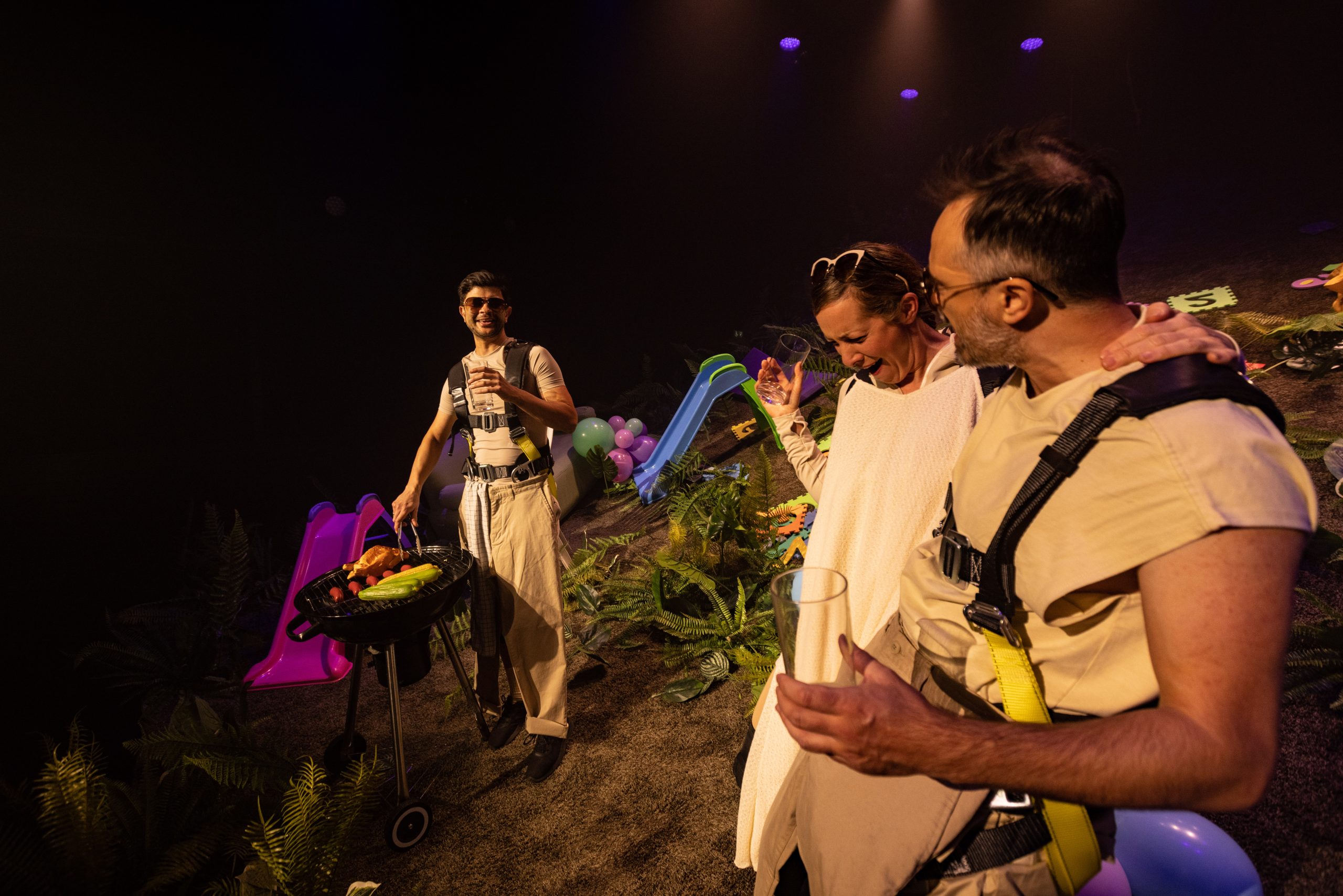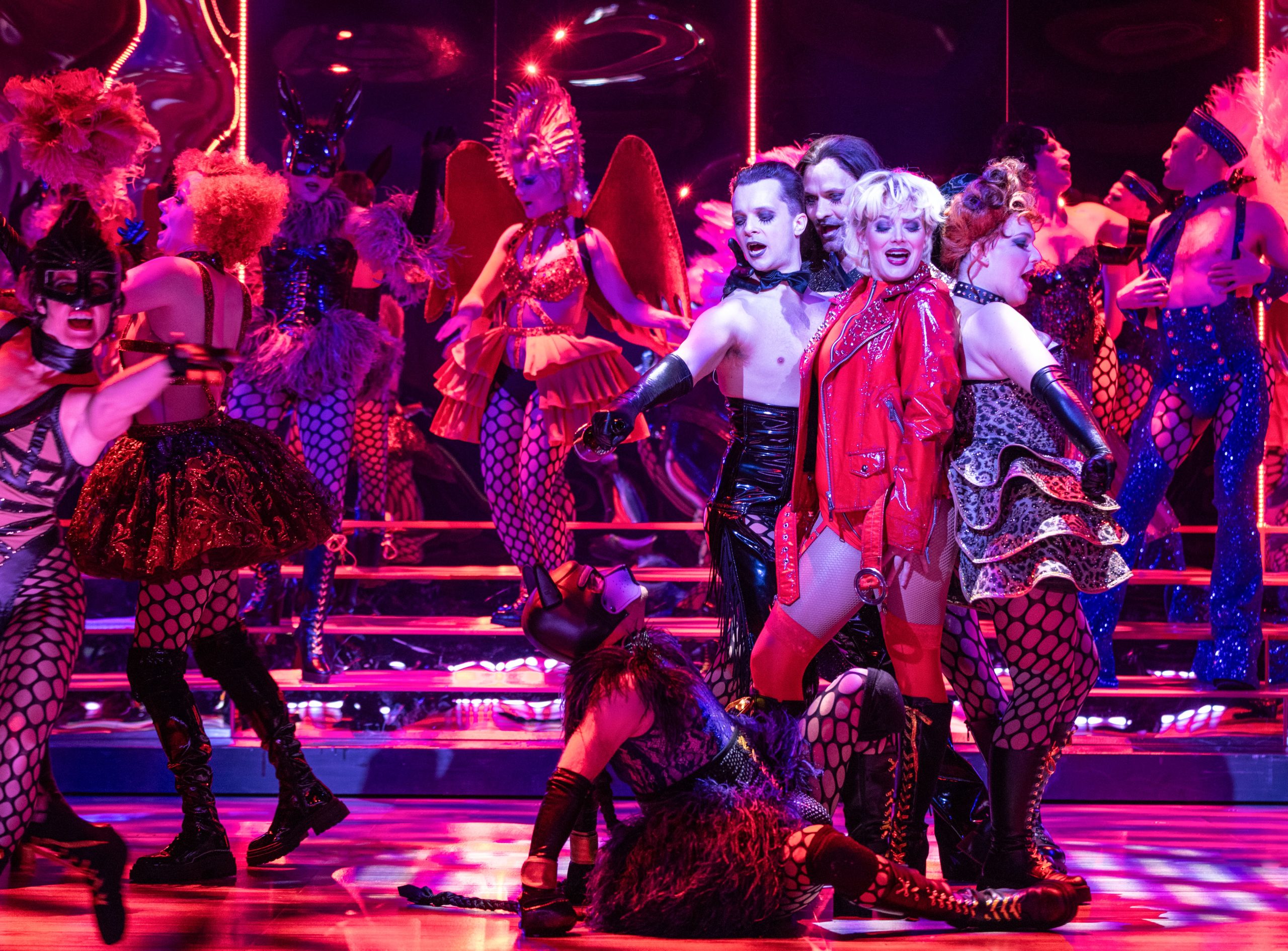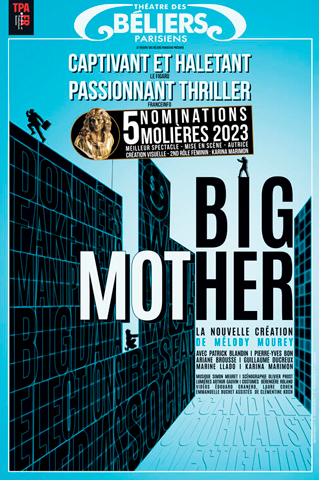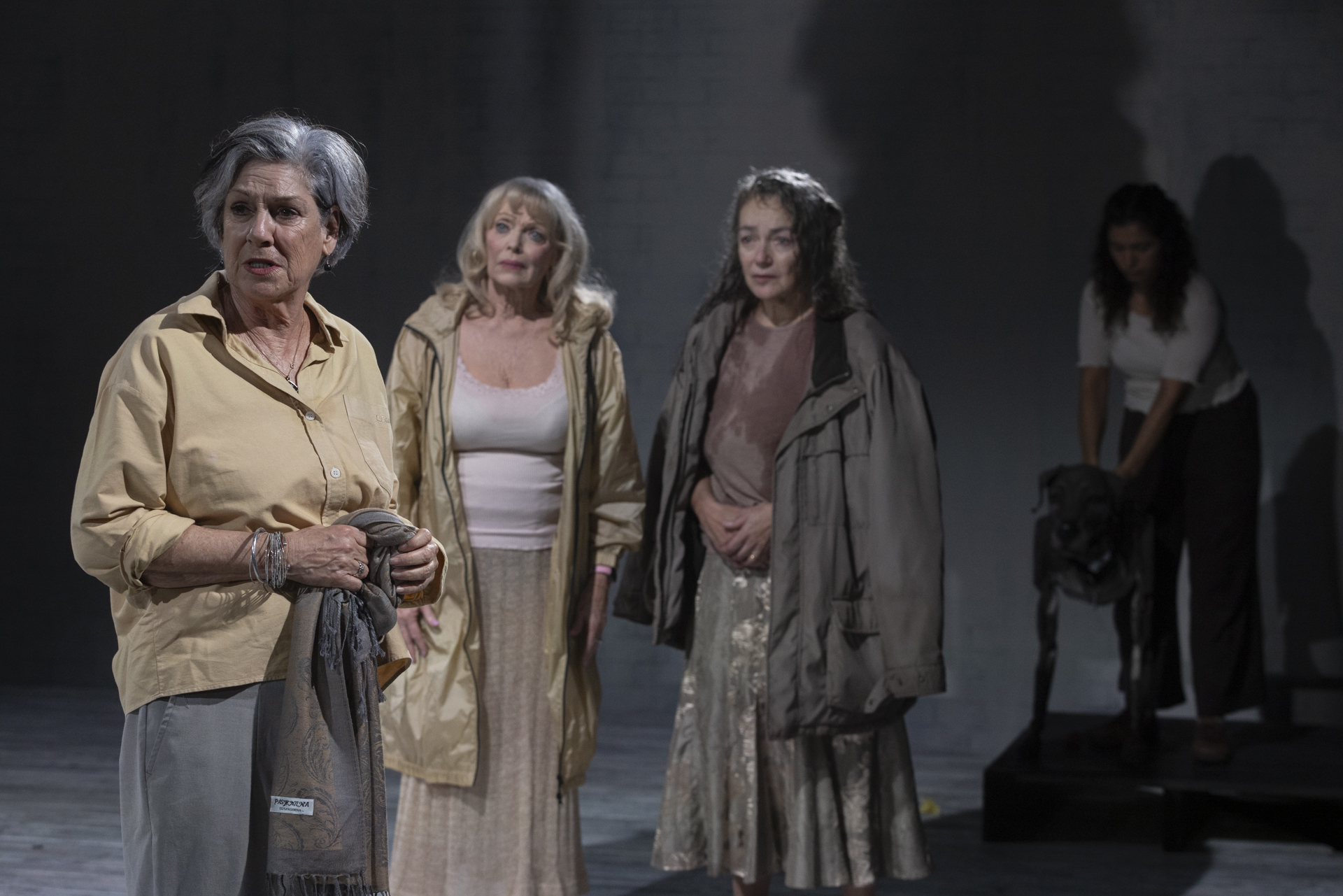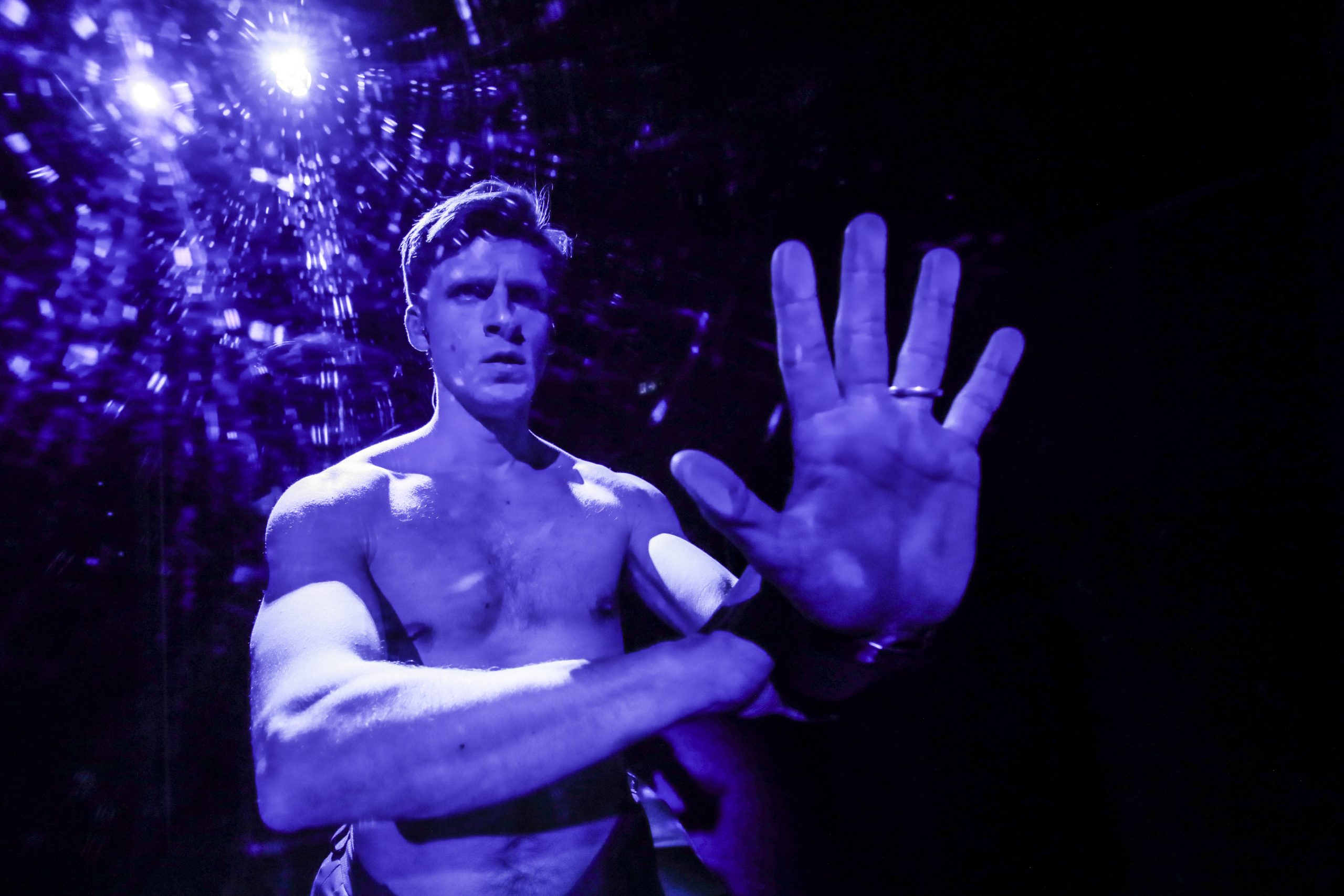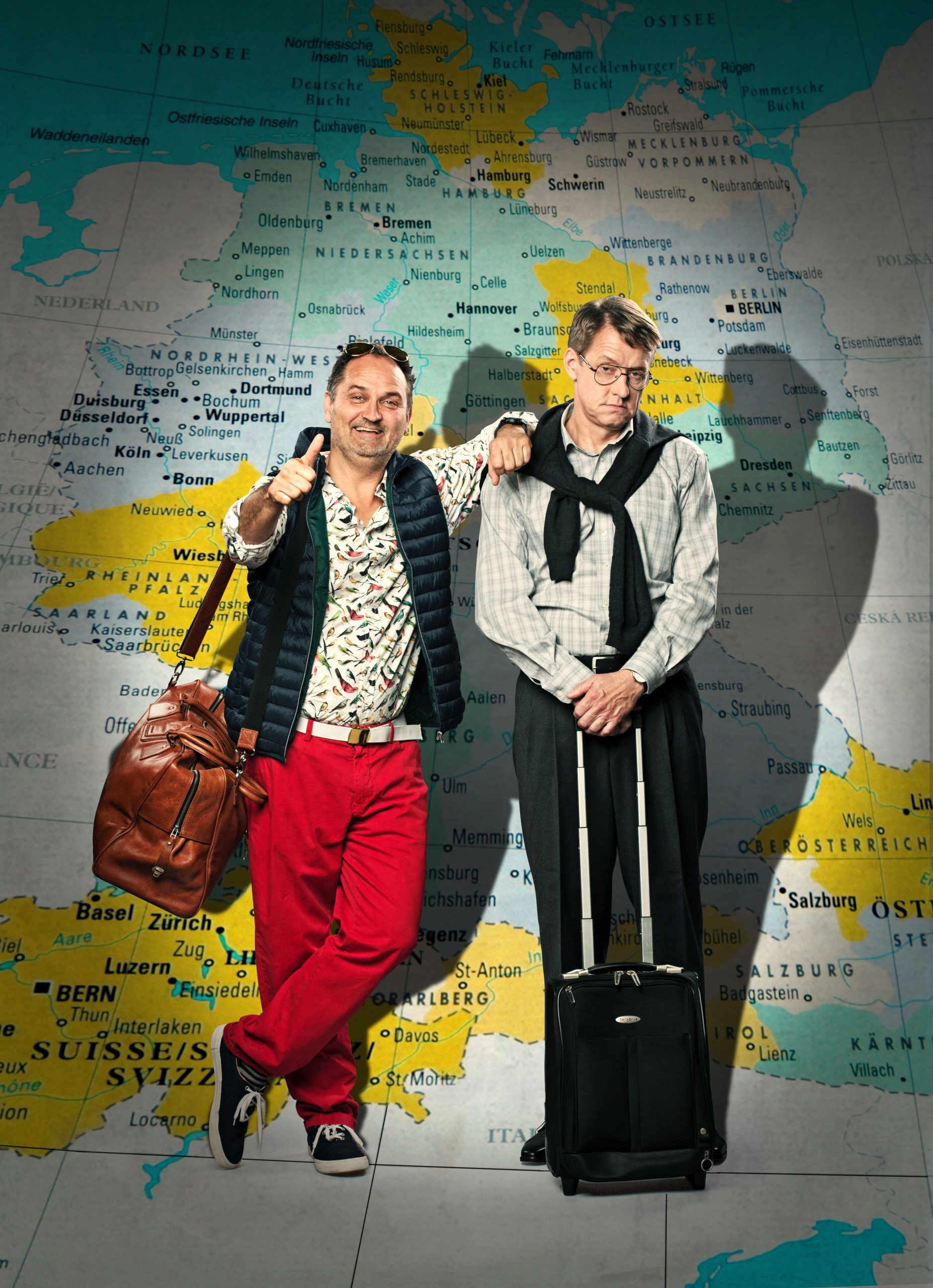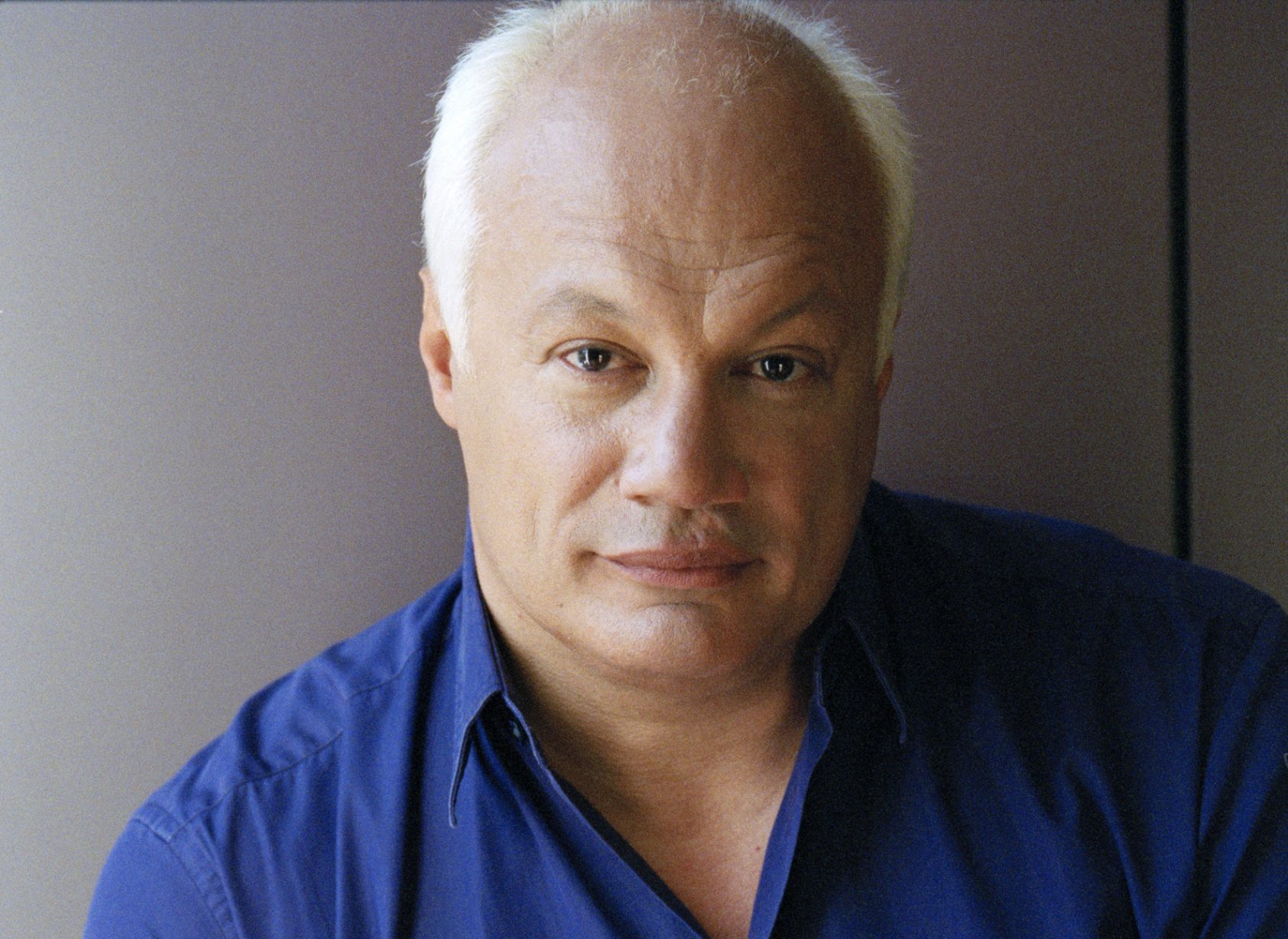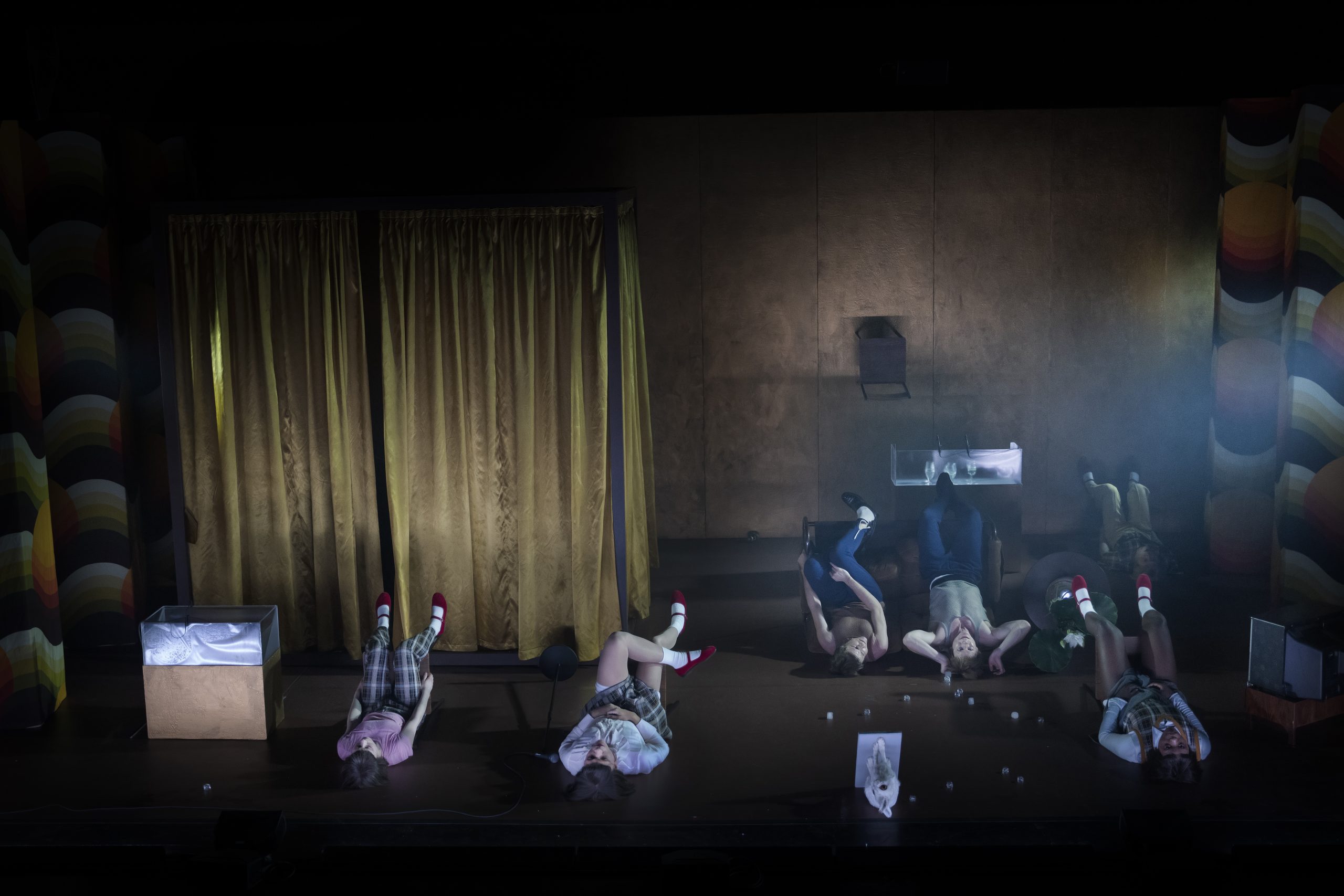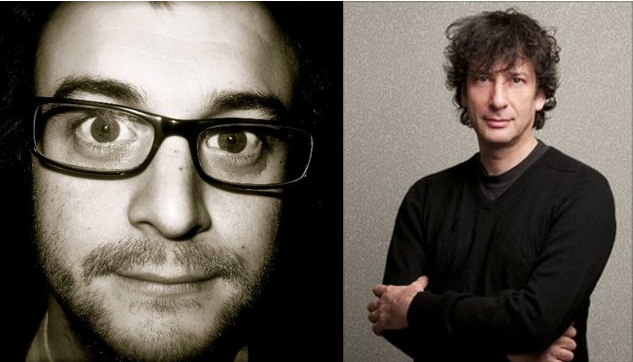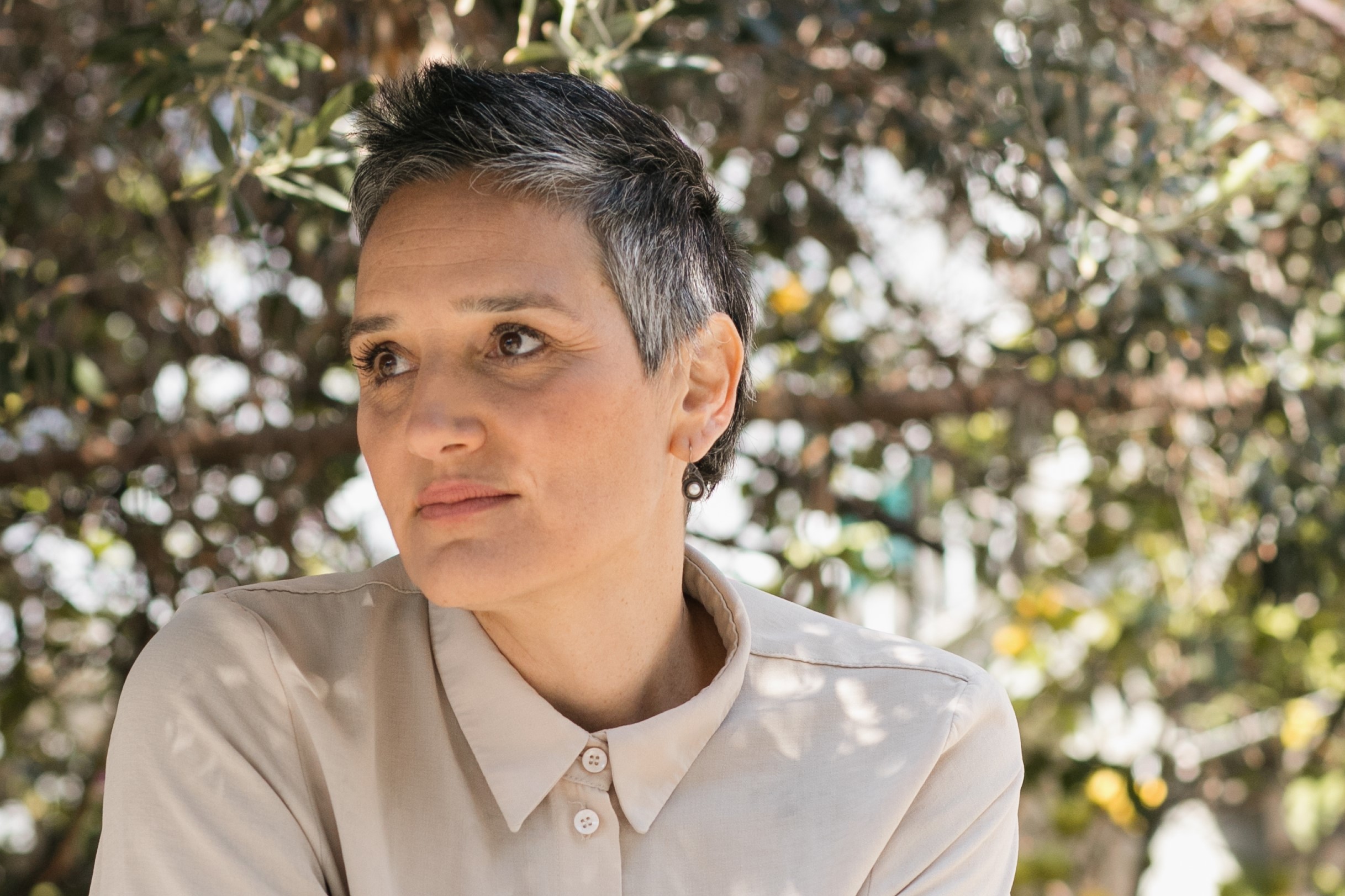Astrid Lindgren – Famous Swedish writer of children’s books, who renewed children’s literature.
Astrid Lindgren’s best-known characters are independent, energetic, and unconventional, such as the untidy Pippi Longstocking, the noisy children of Troublemaker street, and Emil, the master of mischief. Appealing to the little anarchist living inside every small child, Lindgren broke the tradition of Elsa Beskow, whose characters behave well and they do their best to live up to their parents’ expectations.
Astrid Lindgren was born Astrid Anna Emilia Ericsson in Vimmerby, where she grew up on a farm. Astrid was the second of four children of Samuel August, a tenant farmer, and Hanna Ericsson. Her parents gave much freedom to their children. A natural part of their upbringing was storytelling; they were encouraged to enter the world of literature and use their imagination.
From 1924 to 1926 Lindgren worked as a reporter at the local newspaper, Wimmerby Tidning – her first text had appeared in the paper in 1921. Lindgren also participated in services at the Salvation Army compound, where she met her friends and sang hymns. This carefree period of her life ended at the age of 18. To the shock of her family, she became pregnant. She left home and moved to Stockholm, where she became an office employee. In Copenhagen she gave birth to her son, Lars, who was given to a foster home. Eventually Lindgren’s parents took him to Vimmerby.
Lindgren worked in an office at the Royal Automobile Club. In 1931 she married Sture Lindgren, the office manager. Between the years 1946 and 1970 Lindgren was a children’s book editor at Rabén & Sjogren. During World War II Sweden managed to remain neutral. In 1940 Lindgren worked at the Swedish intelligence service, censoring letters. In 1941 she moved to Dalagatan 46, her home in Stockholm for the following decades. Lindgren’s husband Sture died in 1952 and her son Lars in 1986.
As her children grew up, Lindgren told them stories that she had heard in her own childhood. At the age of 37, she began to write down the Pippi tales. Her daughter, Karin, made the name up. In full it is Pippilotta Victoriaria Tea-cosy Appleminta Ephraim’s-daughter Longstocking. Pippi is a red-headed, athletic, and orphan. She is so strong that she can lift horses. Pippi is also untidy, wears mismatching stockings, and she loves her freedom. Her mother was lost at an early age. Her father, a sea captain, disappeared in a storm. Pippi believes that he is a South Sea king.
The first Pippi adventure, Pippi Långstrump (1945), published by Raben & Sjogren, was followed by Pippi Goes on Board (1946) and Pippi in the South Seas (1948). The anarchistic protagonist was condemned by some authorities in the heated discussion as a bad example of permissive upbringing. “She had no mother and no father,” wrote Lindgren, “and that was of course very nice because there was no one to tell her to go to bed just when she was having the most fun, and no one who could make her take cod liver oil when she much preferred caramel candy.” In her articles from 1939 and 1949, Lindgren defended the right of children to be treated like human beings without being oppressed: if the children are given love, good behavior will look after itself. “I don’t consciously try to influence the children who read my books,” Lindgren said. “All I dare hope for is that they may contribute a little bit towards a humane and democratic view of the world in the children who read them.” In Pippi in the South Seas (1948) the young heroine journeys with her friends Tommy and Annika to the legendary Koratuttutt Island, where she has to choose between fantastic adventures and the safety of Villa Villekulla.
Pippi Longstocking differed radically from the familiar literary tradition, represented in Johanna Spyri’s classic Heidi series or L.M. Montgomery’s stories of orphan Anne. The carrot-haired Pippi is more related to Heinrich Hoffmann’s Slovenly Peter (Der Struwwelpeter) or Wilhelm Busch’s anarchistic rascals Max and Moritz. Pippi is both mentally and physically strong. Her pets are not cats or dogs or goats, as in the case of Heidi, but a horse and a monkey, called Mr. Nilsson – her primitive doppelganger in Jungian sense? The nine-year-old Pippi lives alone, fullfilling very child’s dream of freedom and adventure. Jørgen Gaare & Øystein Sjaastad have argued in Pippi og Sokrates (2000), that Lindgren works are first and foremostly about taboos – she interpreters and breaks them. They have also found in Pippi’s thinking and character connections with the philosophy of Socrates, Nietzsche, and feminist theoreticians, especially Simone de Beauvoir. Pippi, like all children, asks philosophically fundamental questions – what is knowledge, what is courage, what is friendship etc.
Lindgren has also challenged conventional codes of children’s literature in later works. Her novel The Brothers Lionheart brought up the taboo of the death and the doctrine of reincarnation. Mio, My Son, a classical story of good and evil, is colored by suggestive, flexible rhythm, derived from such sources as the Bible, the folk tales, and the lyric poetry. Both of these books were illustrated by Ilon Wikland. Lindgren and Wikland became friends in the 1950s, when Lindgren worked for Rabén & Sjögren. Other illustrators have been Ingrid Vang Nyman, who illustrated Pippi Longstocking, and Björn Berg, who illustrated the Emil books.
Lindgren’s young detective, Kalle Blomkvist (Bill Bergson), made his appearance in 1946, and the Bullerby (Noisy Village) children next year. In 1963 Lindgren created another popular character, Emil, a five-year-old boy, whose adventures started in EMIL IN LÖNNEBERGA. The energetic Nyman kids, Jonas, Maria, and Lotta were introduced in The Children on Troublemaker Street (1958): “Daddy says that before there were any children in the house, everything was peace and quiet. The noise started the minute Jonas was big enough to bang his rattle against the edge of the crib.”
Ronja, the Robber’s Daughter entered in Lindgren’s fiction in the 1980s, and launched a more modern variation of Pippi Longstocking. When Pippi is a real ‘father’s daughter’, the relationship between Ronja and Matt is more problematic. She admires her father although he is weak and she turns out to be strong. Ronja lives with the robbers in a castle which was split in two on the night of her birth. When she becomes older, she finds from the forbidden part another human being, Birk, the son of her father’s greatest rival, and starts to live with him. They run away and make their home in a cave in the depths of a forest, experiencing the beauty and harshness of the nature. “They stood silently, listening to the twittering and rushing and buzzing and singing and murmuring in their woods. There was life in every tree and watercourse and every green thicket; the bright song of spring rang out everywhere.”
From the 1940s Lindgren had voted the Social Democrats, and in the 1960s she opposed the Vietnam war. In the 1970s her critical opinions about the ruling Social democratic government were hailed by the right-wing parties. Lindgren’s adult fairy tale, ‘Pomperipossa in the World of Money’, which was published in the newspaper Expressen in 1976, attacked unjust taxation. She had counted that her income was taxed at an annual rate of 102 percent. In the late 1970s the laws were made more reasonable – but not before the famous film director Ingmar Bergman was arrested and charged with income-tax fraud, and had suffered a nervous breakdown. Lindgren also influenced the acceptance of another law, which insured farm animals freedom from cramped conditions. “Every pig is entitled to a happy pig life,” Lindgren wrote in an open letter to Prime Minister Ingvar Carlsson. The law, known as Lex Astrid, was passed in 1988.
In 1999 she was voted the most popular Swede of the century. Lindgren died at the age of 94 peacefully in her home, in Stockholm, on January 28, 2002. She published around 75 books, which sold up until today have sold around 170 million copies. They have inspired many television and screen adaptations, among others Luffaren och Rasmus (1955), Bröderna Lejonhjärta (1977), and Ronja Rövardotter (1983). Pippi, played by Inger Nilsson, has appeared in four Swedish films in 1969-71, and in an English-language movie, The New Adventures of Pippi Longstocking (1988), starring Tami Erin.

